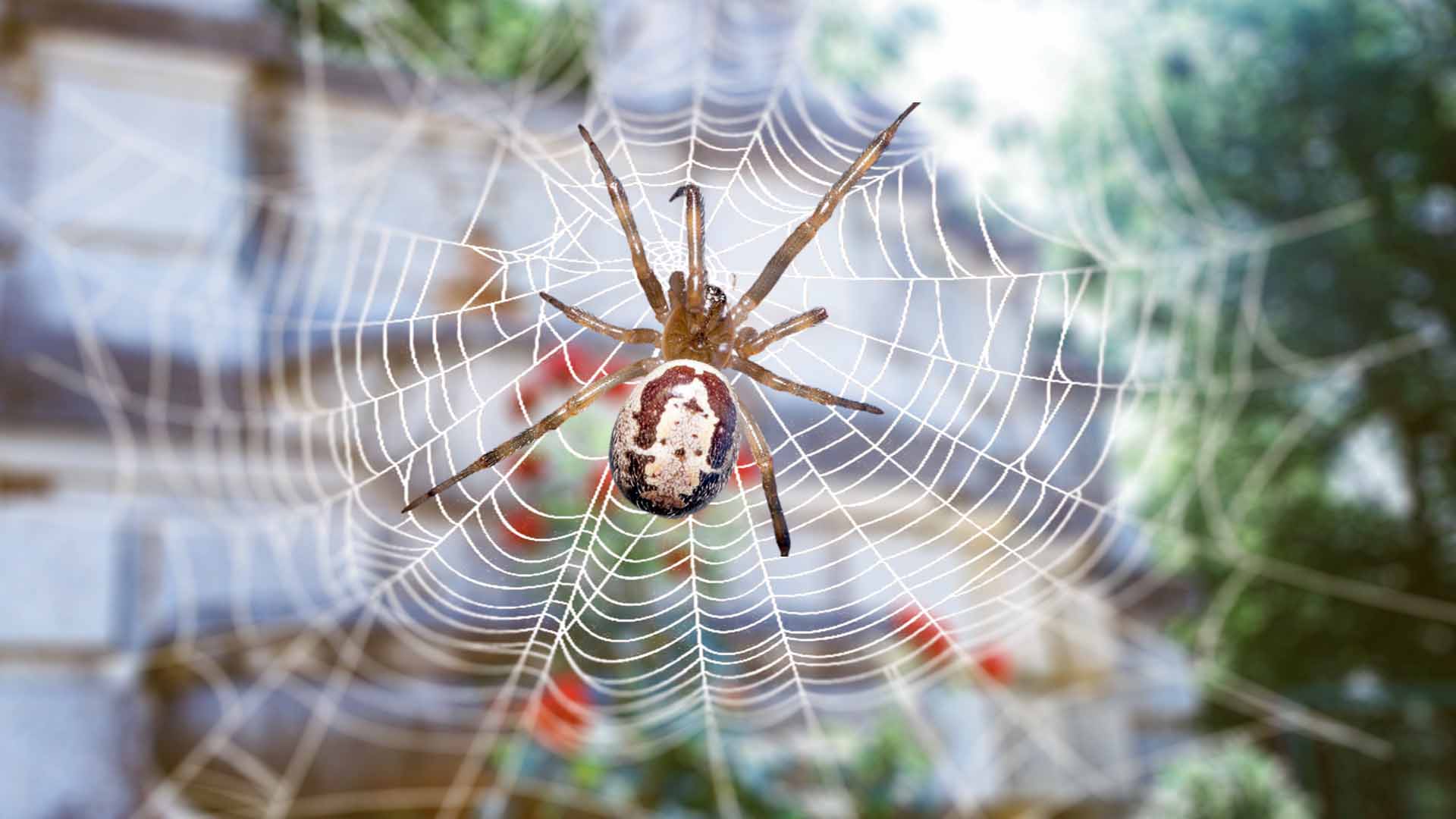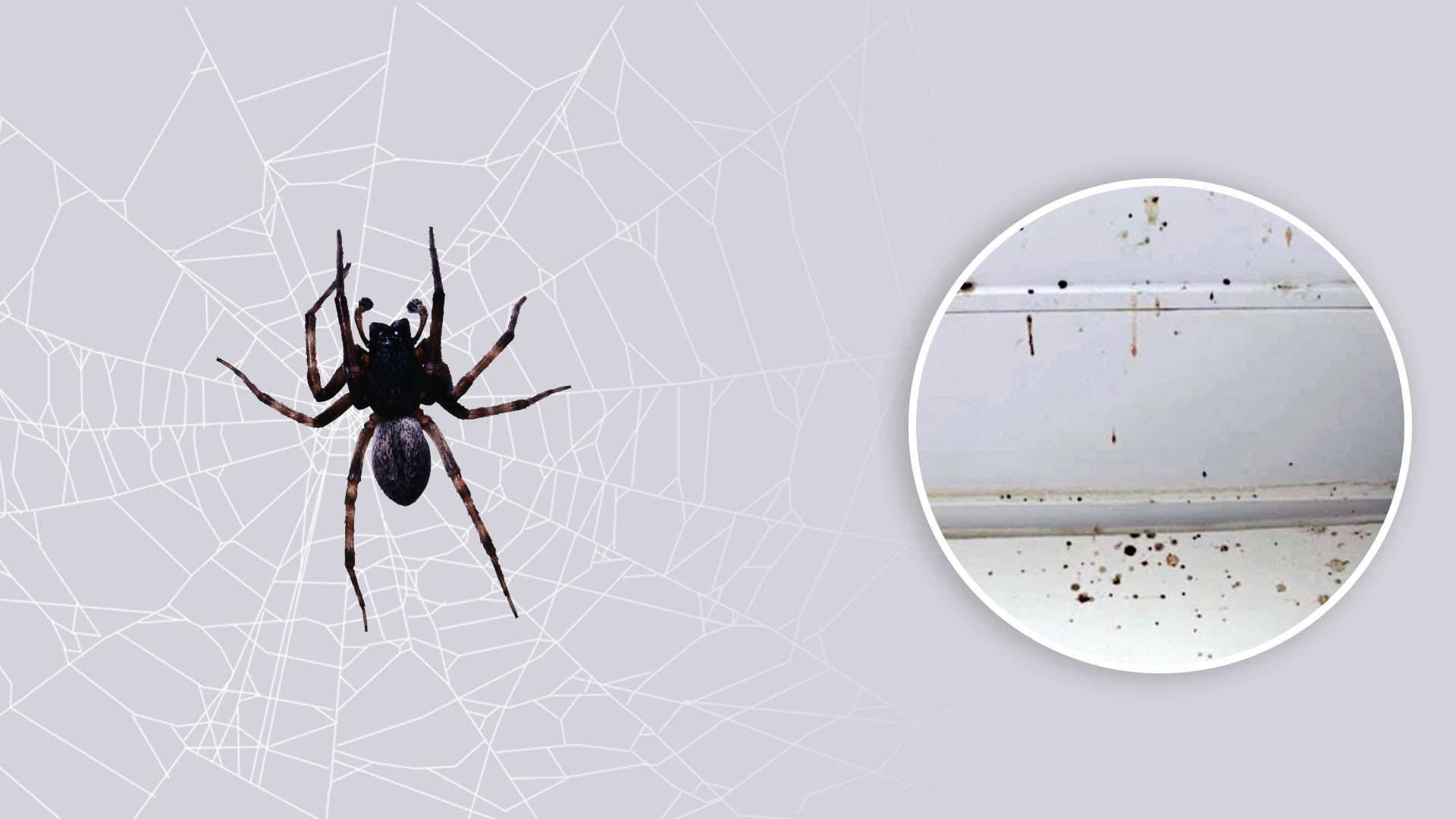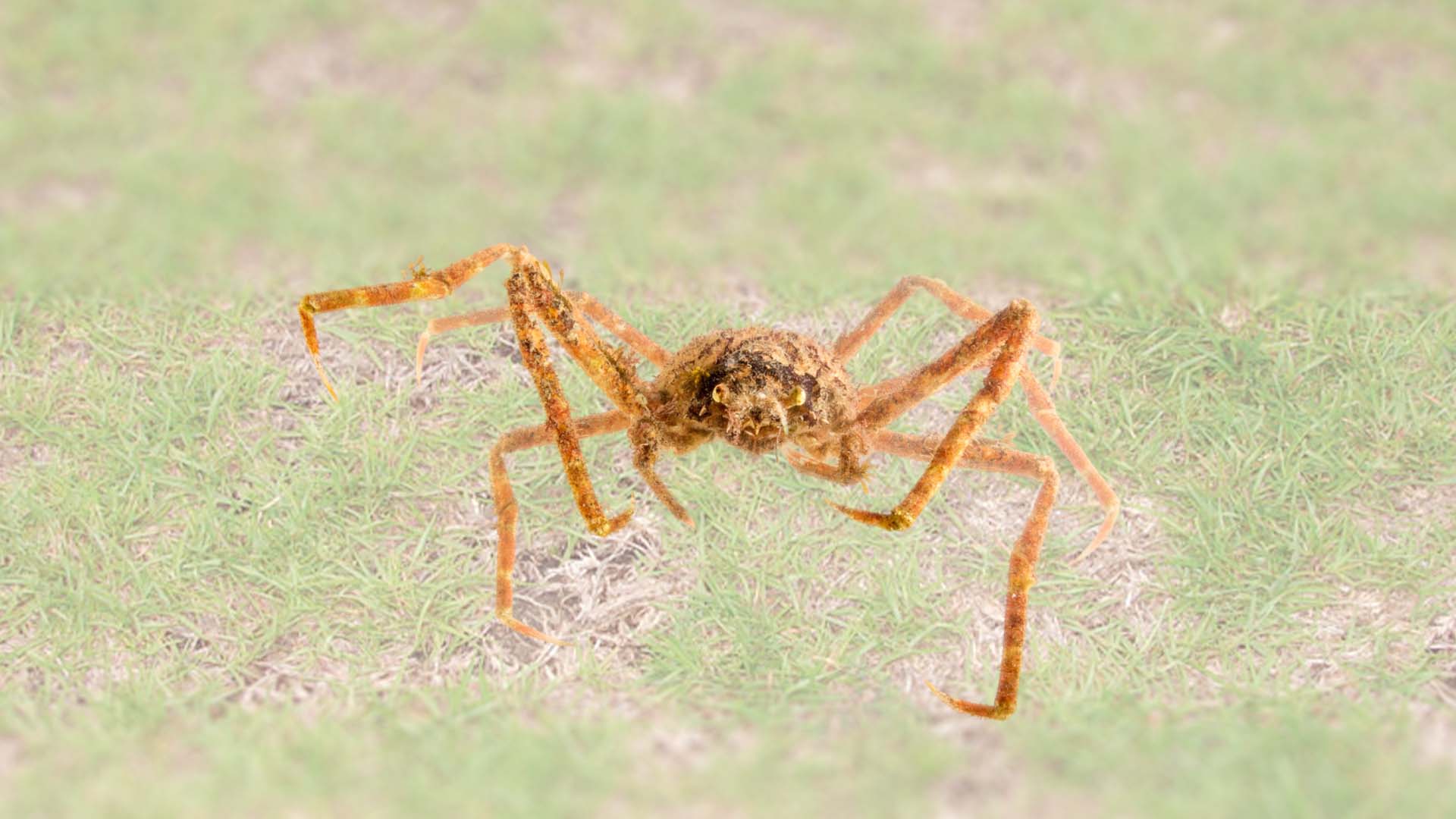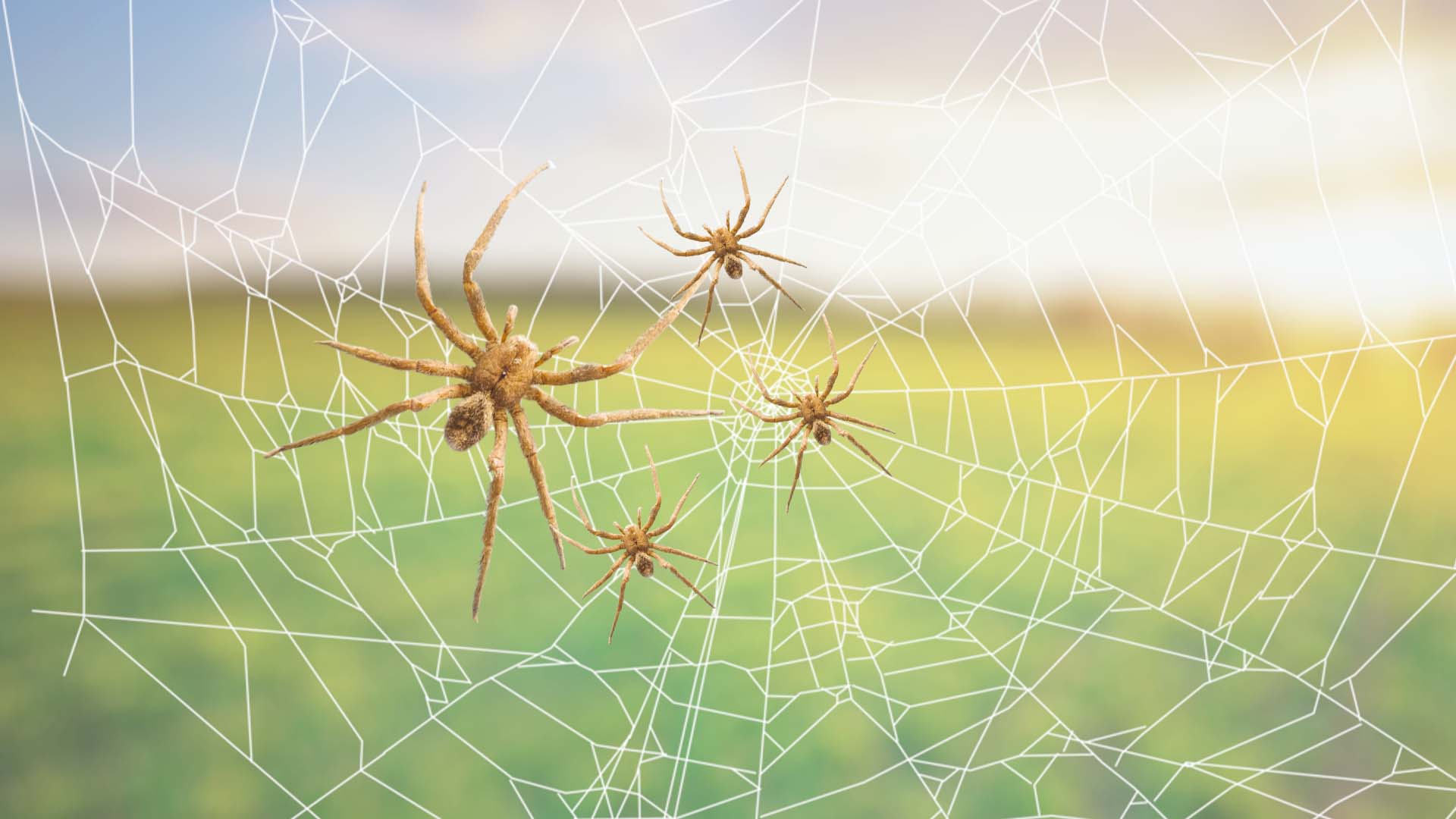Spiders are fascinating creatures that share our living spaces, both indoors and outdoors. While most spiders are harmless and even beneficial because they help control insect populations, some may cause concern. False widow spiders are often mistaken for their more dangerous relatives, black widows, and can be a source of anxiety for many people.
Here, I will share my personal identification process for false widow spiders, providing you with the knowledge you need to distinguish them from other spider species.
Understanding False Widow Spiders
Before delving into the identification process, let’s take a moment to understand what false widow spiders are. False widow spiders belong to the Steatoda genus, and there are several species within this group. They are not native to all regions but have been introduced to various parts of the world, including the United States and Europe. While their bites can be painful, they are rarely life-threatening, unlike their close relatives, the black widows.
Identifying false widow spiders can help you alleviate unnecessary fear and take appropriate measures if you encounter one. My identification process relies on five key factors: size and color, web characteristics, leg structure, behavior, and distinctive markings.
1. Size and Color
False widow spiders are generally small in size, with a body length ranging from approximately 1/4 to 1/2 inch. While their size alone may not be a definitive indicator, it’s a good starting point for identification. Most false widow spiders are dark brown or black, which can make them appear similar to other spider species at first glance.
What sets them apart is the distinctive cream or light-colored pattern on their abdomen. This contrast between dark body and light markings is a crucial characteristic to look for when identifying false widow spiders. Keep in mind that coloration can vary between species, so focus on the contrast between body and markings rather than specific color shades.
2. Web Characteristics
Another important clue in identifying false widow spiders is their web-building behavior. False widow spiders construct irregular, messy webs. These webs lack the symmetrical patterns often seen in other spider species like orb-weavers. Instead, false widow webs appear disorganized and haphazard.
When searching for false widow spiders, inspect corners, crevices, or outdoor spaces where they might establish their messy webs. If you come across a tangled, irregular web, it’s likely the work of a false widow spider.
3. Leg Structure
Examining a spider’s leg structure can provide additional insight into its identity. False widow spiders typically have long, thin legs that may appear somewhat shiny or possess a slightly velvety texture. While this characteristic alone may not be unique to false widow spiders, it can be one of several factors to consider when making an identification.
4. Behavior
Observe the spider’s behavior closely. False widow spiders are not known for their agility or quick, jerky movements. Instead, they move relatively slowly and deliberately. Their movements lack the sudden bursts of speed that some other spider species exhibit.
When you encounter a spider that seems to be moving at a leisurely pace rather than darting around, take a closer look to determine if it could be a false widow spider.
5. Distinctive Markings
Some false widow species have markings on their abdomens that resemble a skull or hourglass shape, akin to those found on black widows. However, these markings on false widow spiders are typically less pronounced and not as vividly red as those on black widows. It’s crucial to note that not all false widow spiders have these distinctive markings, so relying solely on this characteristic may lead to misidentification.
FAQs
Can false widows hurt you?
False widow spiders can deliver a bite that is generally not life-threatening but can be painful. While their venom is not as potent as that of black widow spiders, some people may experience localized pain, redness, and swelling at the bite site. In rare cases, individuals with allergies or compromised immune systems may have more severe reactions. It’s essential to seek medical attention if you suspect you’ve been bitten by a false widow spider, especially if you experience any adverse symptoms.
Why is it called a false widow spider?
False widow spiders are so named because they share some physical characteristics with the more notorious black widow spiders. These similarities include their dark coloration and, in some cases, markings on their abdomens that resemble those of black widows. However, false widow spiders are not as venomous as black widows, hence the term “false” to indicate that they are not the same level of threat.
What do false widows eat?
False widow spiders are carnivorous predators that primarily feed on small insects and other arthropods. Their diet typically includes flies, moths, mosquitoes, and other pests that they can capture in their webs. These spiders use their silk to create messy, irregular webs, which they use to trap and immobilize their prey. Once a potential meal becomes ensnared in their web, the false widow spider will approach and deliver a venomous bite to subdue the prey before consuming it. Their diet helps control insect populations in their habitats, making them beneficial in some ecosystems.
Conclusion
Identifying false widow spiders can be a straightforward process when you know what to look for. By considering their size and color, web-building behavior, leg structure, movement patterns, and distinctive markings, you can confidently differentiate them from other spider species.





